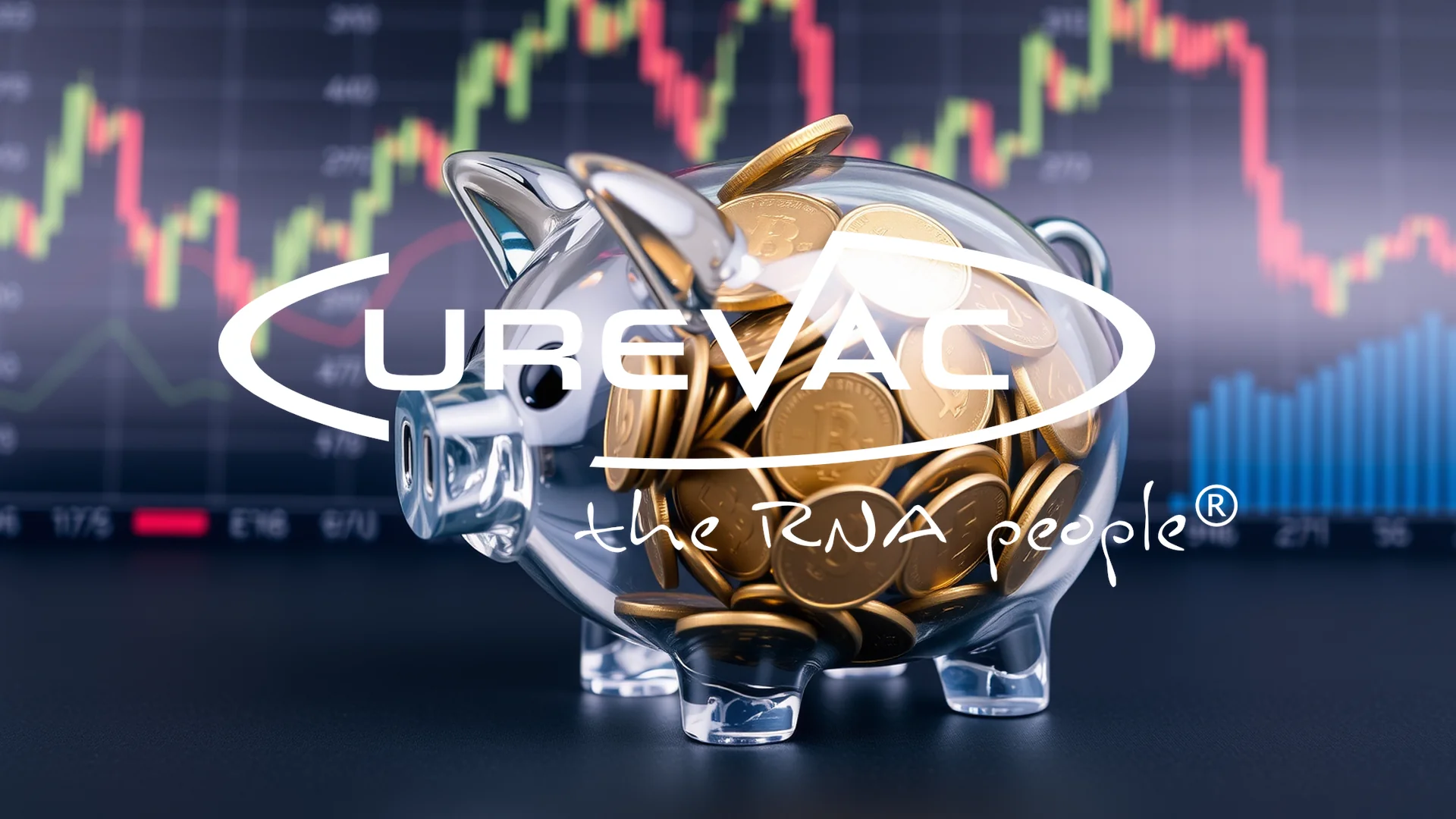Silver has delivered an impressive performance in 2025, surging more than 62% since the start of the year and outpacing all other commodities—including gold. However, the rally that propelled the white metal to its all-time peak of $54.49 in October appears to be losing momentum. Market sentiment is shifting as the Federal Reserve adjusts its interest rate strategy, concerns about trade conflicts resurface, and investment demand shows signs of weakening. The critical question facing investors is whether structural supply shortages can continue supporting prices, or if the market has already seen its high point for this cycle.
Fundamental Strengths Underpin Long-Term Outlook
Despite recent price volatility, the underlying market fundamentals present a compelling case for silver. The market is heading toward its fifth consecutive year of structural supply deficit, creating a potentially explosive scenario where physical demand consistently outstrips available supply.
Key factors driving this imbalance include:
• Robust industrial consumption: Electronics and electrical applications are consuming increasing volumes of silver
• Solar energy expansion: Photovoltaic manufacturing continues to be a major growth driver for silver demand
• Stagnant mining output: Production of primary metals from which silver is derived as a byproduct remains constrained
• Seasonal physical demand: India’s wedding season continues to generate substantial purchasing activity
This combination of strong consumption and limited production capacity creates what many analysts consider a classic bullish setup for the long term.
Should investors sell immediately? Or is it worth buying Silber Preis?
Monetary Policy Shifts Create Near-Term Pressure
The Federal Reserve’s evolving stance on interest rates has emerged as a significant headwind for precious metals. Market expectations have shifted dramatically since September, when investors had priced in a near-certain December rate cut. Current projections now indicate just a 40% probability of monetary easing, following clear guidance from Fed Vice Chair Philip Jefferson that the central bank will approach any future policy adjustments with extreme caution.
This presents a particular challenge for silver, which traditionally benefits from lower interest rate environments. When rates decline, non-yielding assets like precious metals become more attractive to investors. Without this monetary support, silver must rely solely on its fundamental supply-demand dynamics to maintain current price levels.
Trade Policy Uncertainty Adds to Market Volatility
Complicating the outlook further is the specter of potential U.S. import tariffs on silver. This trade policy uncertainty has noticeably dampened market sentiment and contributed to increased price swings. With annualized volatility approaching 34%, even minor negative developments can trigger profit-taking among nervous investors.
Silver currently trades around $50.76, representing a decline of approximately 5% over the past week. The metal has retreated significantly from its October highs above $54, leaving market participants to determine whether this represents a healthy consolidation within a longer-term uptrend or the beginning of a more substantial correction.
The coming weeks will likely provide clarity on whether silver’s record-breaking performance can resume or if new market realities will temper expectations for the remainder of 2025.
Ad
Silber Preis Stock: Buy or Sell?! New Silber Preis Analysis from November 19 delivers the answer:
The latest Silber Preis figures speak for themselves: Urgent action needed for Silber Preis investors. Is it worth buying or should you sell? Find out what to do now in the current free analysis from November 19.
Silber Preis: Buy or sell? Read more here...











